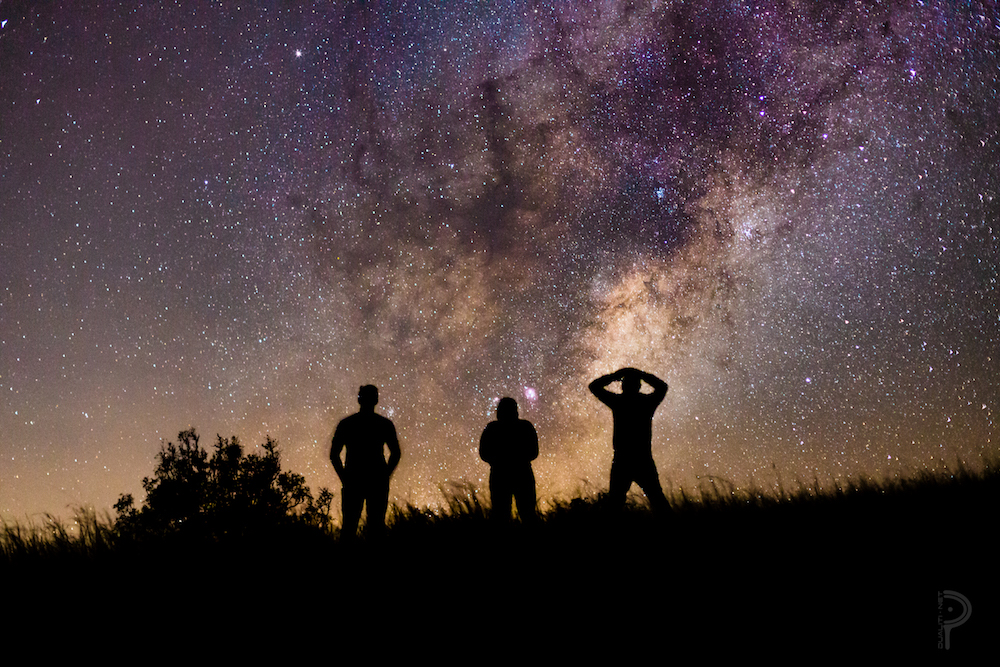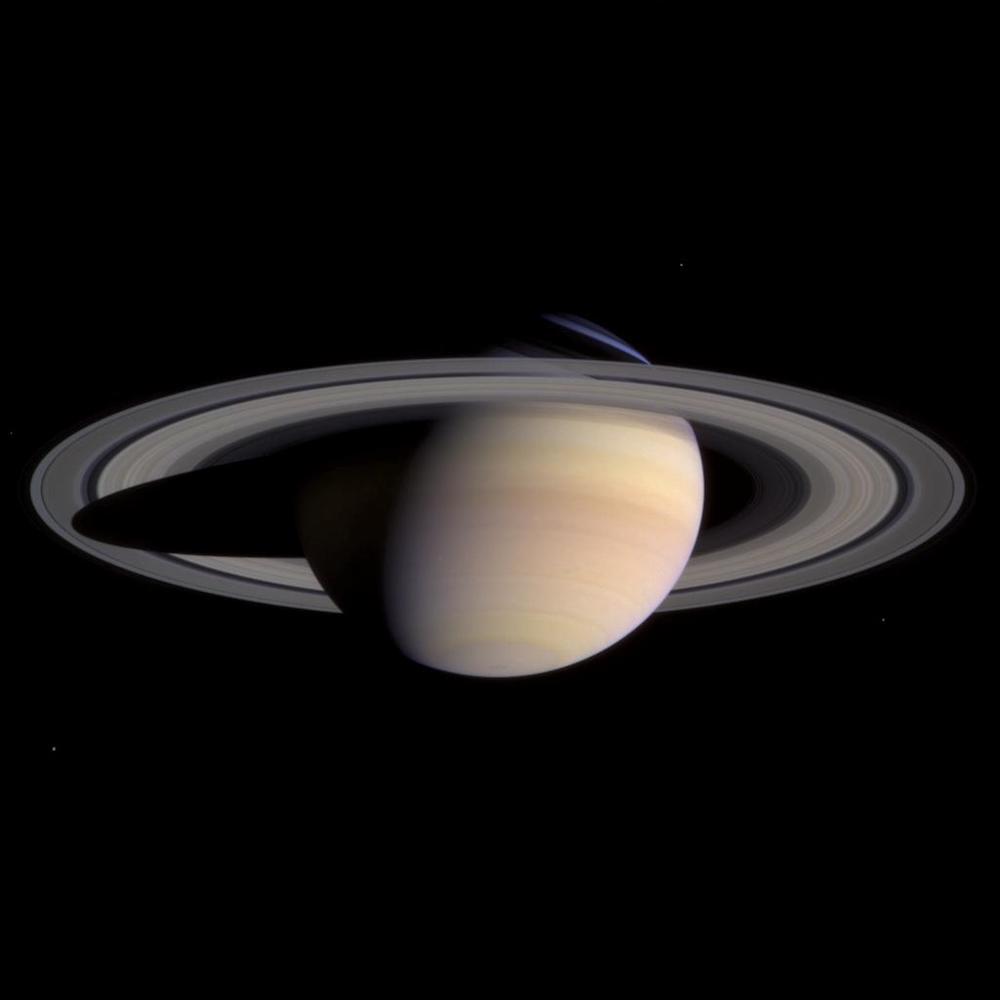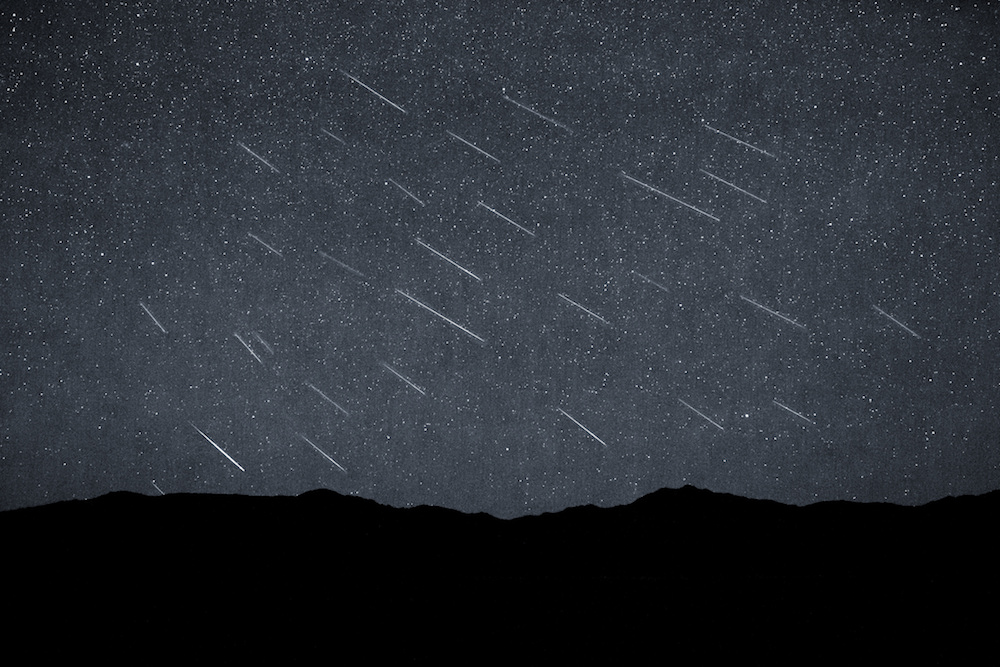Your Guide To The Summer Sky 2018
Time to dust off those binoculars! Dean Regas tells us what to look out for this summer.

The days may be getting longer, but the nighttime sky is still just as bright. It’s time to haul out those old lawn chairs, rustle up a pair of good ‘ole binoculars, and stretch out beneath the twinkling summertime sky. Dean Regas, outreach astronomer at the Cincinnati Observatory, co-host of the PBS series Star Gazers, and author of the book 100 Things To See In The Night Sky, is here to give us a guide to the summertime skies. (Note: This calendar refers only to what those of us Northern Hemisphere-dwellers will be seeing in the nighttime sky. But don’t worry, Southern Hemispherians! Regas is at work on a Southern Hemisphere version of his book, due for publication in June 2018.)
And for all the amateur astronomers out there, never fear! Regas offers some tips for beginning astronomers.
We’re well into Venus season. You can catch one of the brightest bodies in the solar system after sunset each evening. But don’t be discouraged if this planet-spotting seems a little lackluster: “Venus is one of the less impressive ones, at least at this time of year, because it looks just like a very bright egg-shaped thing,” says Regas. “You want to catch Venus when it’s actually a crescent shape. So that will be later on in the summer, and even in early fall.” Starting your observation now is the perfect opportunity to see how the planet evolves over the summer.

Saturn has a soft spot in Regas’ heart. “When I pointed a little four-and-a-half inch reflector telescope at Saturn,” he reminisces, “I said, ‘Are you kidding me? That can’t be the real thing. It just looks like a sticker on the end of the telescope.’”
The ringed planet will come closest to Earth during the month of June, and this is the celestial event that Regas says shouldn’t be missed. “Saturn’s definitely the best,” he says.
And we’ve got a special treat this year: “This summer, Saturn is going to be tilted so much… You get to see the rings to just maximum tilt,” says Regas. Plus, if you’ve got a powerful enough telescope, you may be in for an extra-special treat: You could catch a glimpse of the gaps in the rings, called Cassini’s Division, and possibly even several moons.
On Thursday, June 21, summer will officially be upon us! That’s when the North Pole is most tilted toward the sun, resulting in the day with the most hours of sunlight in a year. And after a long day of sunlight, what could be better than gazing into the night sky?
[Welcome to the Smallest Mollusk Museum.]
The Red Planet is coming our way! It will be closest to Earth on July 27, and 2018 is a landmark year: “It’ll be the closest it’s been since the infamous close pass of 2003, when it was as close as Mars ever gets,” says Regas. “So this is about as good as it gets.”
While not visible from the U.S., the lunar eclipse will also occur on July 27. “The correlation of a giant moon, plus Mars at its closest–this is what I live for,” says Regas. Talk about the stars—er, planets—aligning!

The Perseid meteor shower occurs every year on August 12 or 13. Staying up late in August to view a meteor shower isn’t so bad—maybe you’ll be able to stroll into work a little later the next day. If you’re a really hardcore stargazer, you might be up late—the best viewing will be between 2 a.m. to 5 a.m. on the 13th.
You might see predictions of 80-100 meters per hour, but Regas estimates that a more realistic number is closer to 12 per hour. (Those higher numbers are really only if you’re in a prime spot, like Tucson or in the desert.) “Don’t expect to see the sky falling,” he says. “But make it a good excuse to get outside with friends and family in the summer, and just kick back, and take some time off.”
And make sure to stay on your toes! “These [meteors] shoot from different places,” says Regas. “They’re supposed to irradiate from the constellation Perseus, that’s why they call it the Perseids. But they’ll come from behind you, over the side. And it’s always the worst when you’re talking to somebody, and you hear them go, ‘Whoa!’ And you say, ‘What? What’d I miss? What’d I miss?’ And you missed it. You’ve just got to be vigilant, that’s the big thing.”
[Drawing congressional districts is like sudoku.]
Happy starhunting!
Johanna Mayer is a podcast producer and hosted Science Diction from Science Friday. When she’s not working, she’s probably baking a fruit pie. Cherry’s her specialty, but she whips up a mean rhubarb streusel as well.